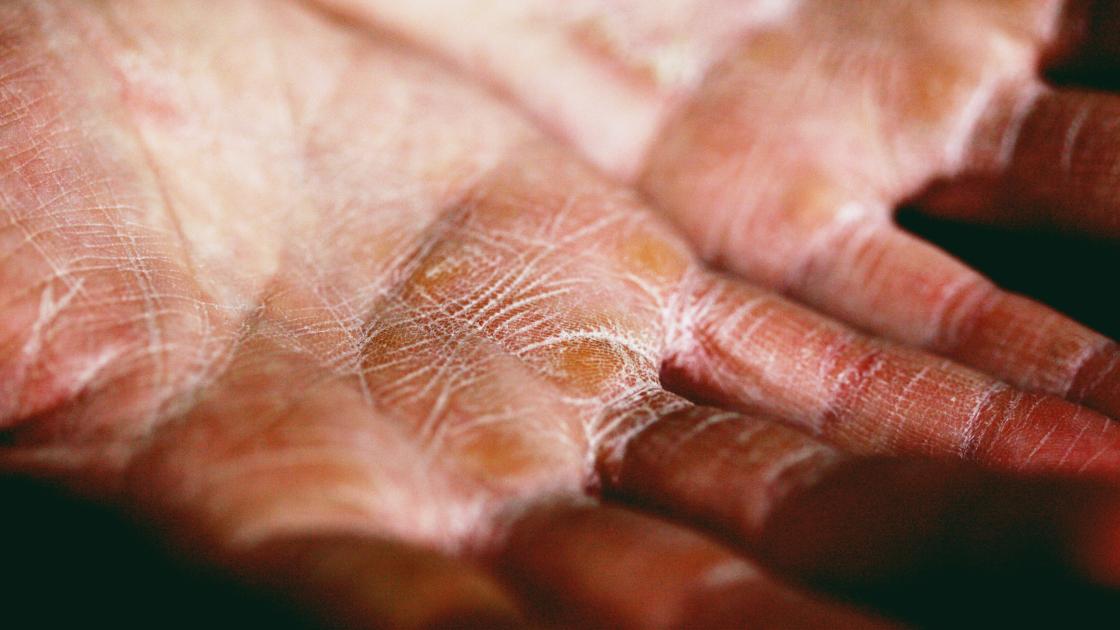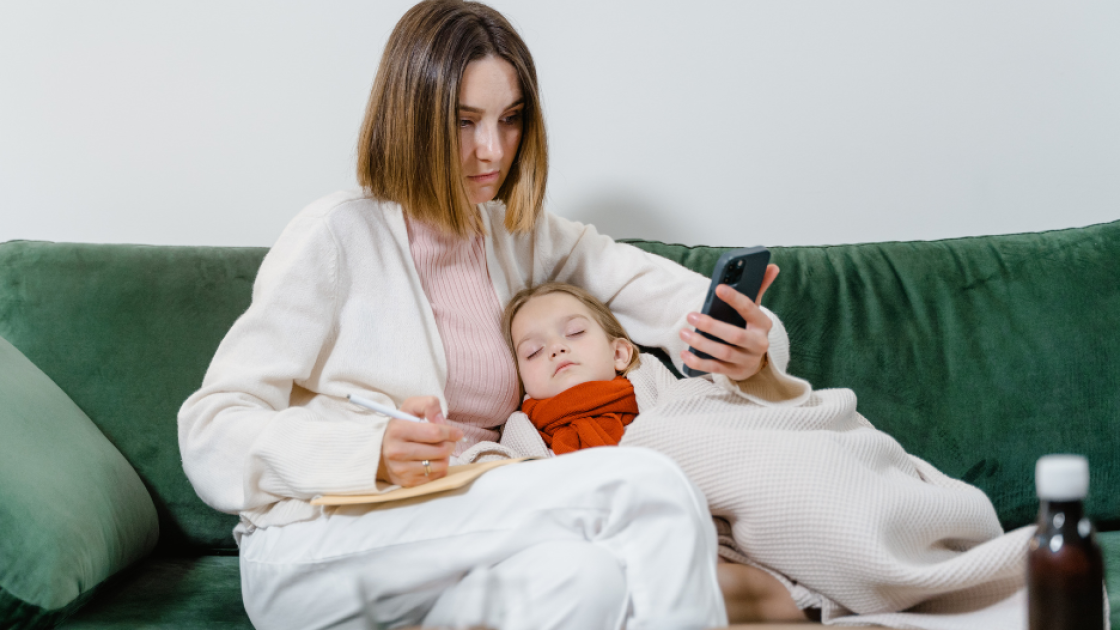
Blog
Recommended sleep time by ages & tips for getting into a better sleep routine
Published Date:
The recommended amount of sleep a person should get from birth to becoming an adult differs greatly over the years. Early on, babies need more sleep for development and as the years go on, the amount decreases. Here is a breakdown of the recommended sleep time per day by ages:
| Age | Total Sleep Time/Day |
| 4 - 12 months | 12-16 hours (including naps) |
| 1 - 2 years | 11-14 hours (including naps) |
| 3 - 5 years | 10-13 hours (including naps) |
| 6 - 12 years | 9-12 hours |
| 13 - 18 years | 8-10 hours |
1. Journal of Clinical Sleep Med - https://doi.org/10.5664/jcsm.5866
2. Journal of Clinical Sleep Medicine, Vol. 12, No. 11, 2016
Tips for getting into a better sleep routine
- Adjust bedtimes gradually
Starting two weeks before the first day of school, move your child’s bedtime five to 15 minutes earlier at night. The next morning, wake your child (or set the alarm) an equally incremental number of minutes earlier to match it. Continue this process every night until your child is waking at the same time that will be necessary once school starts. Keep in mind: Kids ages six to 13 typically need nine to 11 hours of shut-eye per night—so you’ll want to plan a sleep schedule that allows for this. Keep a consistent bedtime routine even on the weekends, avoiding “sleeping in” on these days. It is also important that your child does not consume any caffeinated beverages, especially after 2pm.
- Introduce electronic curfew
Put an end to any form of screen time—including use of TV, computers, video games, and mobile devices—at least an 1-2 hrs before you want your child to fall asleep; exposure to these devices can delay the onset of sleep and shorten its duration. Although your kids may not realize it, the artificial blue light from digital screens can suppress the body’s release of the sleep-inducing hormone melatonin, thus increasing alertness and resetting your child’s internal clock (or circadian rhythm) to a later timetable. Using these devices also stimulates a child’s mind making it difficult to fall asleep.
- Relaxing wind-down routine
For about an hour before you want the lights turned off for the night, set aside time for you and your child to do quiet activities, such as taking a bath (not cold), reading a book together, telling stories, listening to soothing music, drawing or coloring, or engaging in another calming experience that will set the stage for a good night’s sleep. Repeating this pre-sleep routine every night in the weeks leading up to the first day of classes will help your child learn to anticipate sleep time, making it easier for everyone once school starts again.
- Calm sleep environment
As important as sleep is, so is the environment in which a child sleeps. A dark, quiet room with a comfortable bed and room temperature of 68-72 degrees is ideal for a good night sleep. Calm low volume music or white noise can also be effective in soothing your kids to sleep.
- Right amount of sleep
It is important that your child gets the right amount of sleep needed per their age group. A child who gets enough sleep regularly will have improved academic performance, a positive attitude in school and better interaction with their peers and teachers. A sleep deprived child will present with symptoms similar to ADHD.




